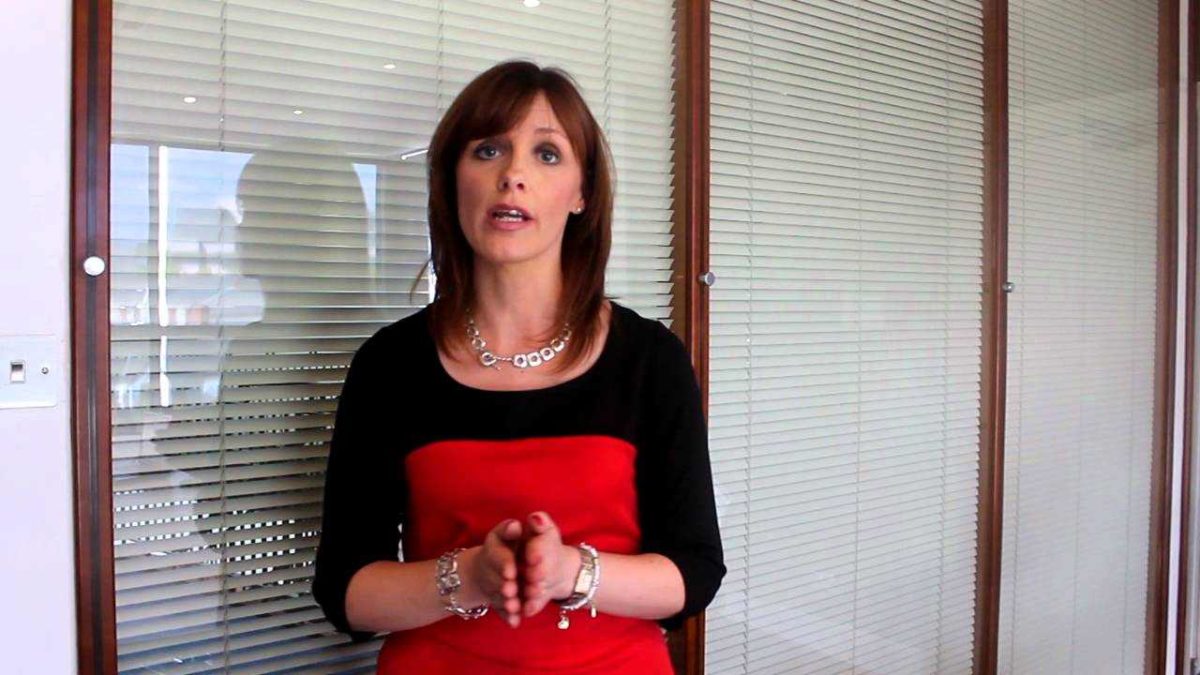While demand for places in nursing homes exceeds supply and continues to grow, there is little sign of supply increasing in response, according to a report on the sector by Cushman & Wakefield.
And the report blames inadequacies in the government’s ‘Fair Deal’ scheme for the lack of fresh investment in the area.
“Transaction and construction activity remains very moderate,” says the report, despite the fact that the number of older people is forecast to increase significantly. The latest CSO forecasts suggest that the number of people aged 80 or over will increase from approximately 128,000 in 2011 to reach 344,900 by 2036.
“Demand for nursing home accommodation is about to increase significantly in a market which is suffering from significant supply challenges,” the report says.
• Download Irish Nursing Home Market Report
An analysis of the current stock of private and voluntary nursing home beds in Ireland, reveals that approximately 23,000 beds were provided by 433 nursing homes in 2016. Dublin alone provides 5,867 beds in 89 homes, 25% of the national supply.
Chief economist Marian Finnegan (pictured) said: “The current demand for long-term residential care is demonstrated by high occupancy rates in private and voluntary nursing homes across the country, as demand is exceeding supply. The median average occupancy rate nationally stood at 94%, which in practical terms signifies full capacity. It is worth noting that beds in private and voluntary homes account for over 80% of total long-term nursing home beds in Ireland.”
The new generation of larger homes with more than 100 beds plays only a minor role in the sector, at 7% of the total. These homes are located predominantly in the Greater Dublin Area, accounting for 20 out of 29 homes of this size in Ireland.
Fragmented Market
Private and voluntary nursing homes in Ireland have traditionally been characterised by small, owner operated homes. Two thirds of long-term beds are provided in homes by single owners, with the remaining in group-owned homes. Providers in both cohorts are all domestic. Furthermore, nursing home groups remain moderate in size, with six or fewer homes owned by one group.
The current stock varies between 10 to 170 beds per home, with the average private and voluntary home providing 53 beds. Smaller homes with less than 30 beds account for 15% of all homes. Two-thirds of homes, 67%, provide between 30 and 69 beds. Homes providing more than 70 beds account for only 18%.
Despite the widening gap between supply and demand, sales activity in the sector was almost entirely driven by off-market transactions during 2016. Overall, a relatively small number of transactions occurred in the period, with most of the sales taking place outside Dublin, the report says.
“There remains a notable disconnect between the weight of investor interest in the sector and the number of transactions taking place,” said Finnegan.
The Fair Deal scheme, criticised as inadequate from several perspectives, came in for some stick in the report as a disincentive to fresh investment in the sector.
The report states: “Private and voluntary nursing home operators rely significantly on the Nursing Homes Support Scheme, often referred to as Fair Deal. At the end of 2016, the average weekly Fair Deal rate nationwide came to €884 per bed. The Fair Deal rate scheme faces several uncertainties and challenges, notably from an operator and investor perspective.
“The low level of the Fair Deal rates and the fact that operators are highly reliant on the income they provide, have a combined effect in discouraging investors entering the sector. The rates are set to cover only the cost of care, with costs associated with capital investments not included.”








